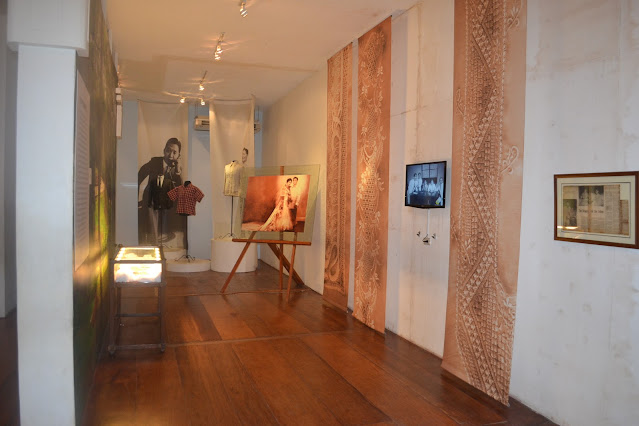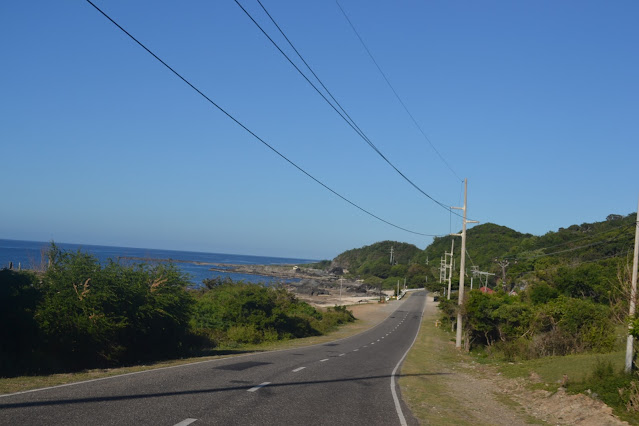Location: Marcos Avenue, Barangay 19-N Lacub, Batac City, Ilocos Norte, Philippines
Updated: November 2019
Note: The original post of this blog has been pushed down with the recent ones on top pages
Indeed, there were so many improvements made of the Marcos Mansion and Mausoleum since I first visited it way back in 2001, which is now called as the Ferdinand E. Marcos Presidential Center or formerly known as Marcos Museum and Mausoleum.
The Marcos Museum as seen along the Marcos Avenue
By the time of my recent visit, the mausoleum has been closed for viewing. I still remember during my first visit, when we entered into the mausoleum, the remains of the late Ferdinand Marcos was inside in a glass casket and the entire room was fully airconditioned. The funeral music seems so eerie especially when you enter alone, the lights are violet and the rest is something unusual, there is a sort of feeling of mystery. You would really feel that someone inside with you is dead and had that ghostly feeling that he might rise from his coffin. By the way, taking pictures inside is not allowed.
The other side of the museum
There is so much to see in the museum. Of course, what's inside are pieces of history connected to the late president as a country leader who was in power for more then 20 years which depicted his rise and fall.
This open space connects to the mausoleum
By the time of my recent visit, different schools were having their history and cultural tour and a few were foreigners who were moving from different parts of the museum. Taking pictures was a challenge since rarely you will have the chance to have each part without photo bombers. Honestly, there is so much worth to capture, but you will die a thousand deaths just to achieve it with the tourists rushing in and out.
The following pictures were taken inside the museum:
It was highly obvious that compared to my first visit, the pieces of memorabilia in my recent visit were already refurbished and they all look lively and should I say "new". Indeed, the local government has invested so much to make the whole place look like a national museum.
Known as Batac Church and now as Immaculate Conception Parish Church
Below is the original blog post:
Coming from Paoay Church, we drove to the Marcos Mansion and Mausoleum in Batac City. We arrived there passed 4:00 P.M. and it was closed already. Fortunately, the caretaker, without us asking for it, reopened the gate of the mausoleum and the others who were waiting outside joined us inside.

The mausoleum is well-maintained, carpeted and airconditioned. Lights are colored violet and one may have that feeling that the room is really creepy with a background music very appropriately for the dead. Being alone inside would send one a spine-chilling feeling. Taking pictures inside the mausoleum is prohibited but the adjacent Marcos Mansion is equipped with the various old Marcos memorabilia.

Personally, I am not a Marcos loyalist, but I give high regard to him since he is really a great person and he deserves respect like any other great men who died. With all those accomplishments, the more I respected and admired him. Whether we like it or not, he is not an ordinary person, politics aside.
























































